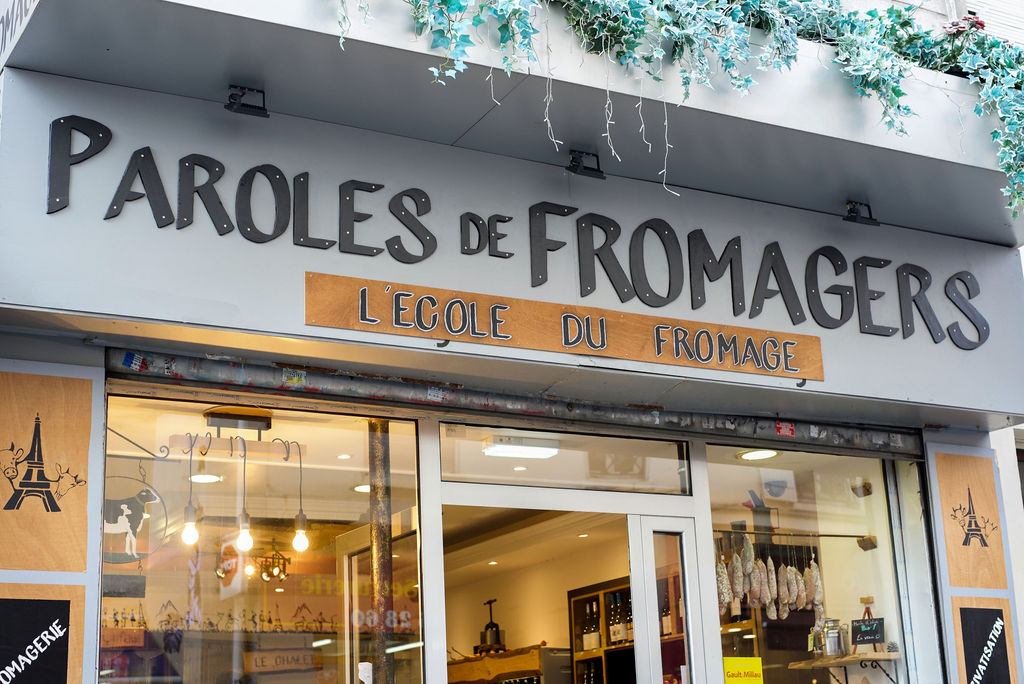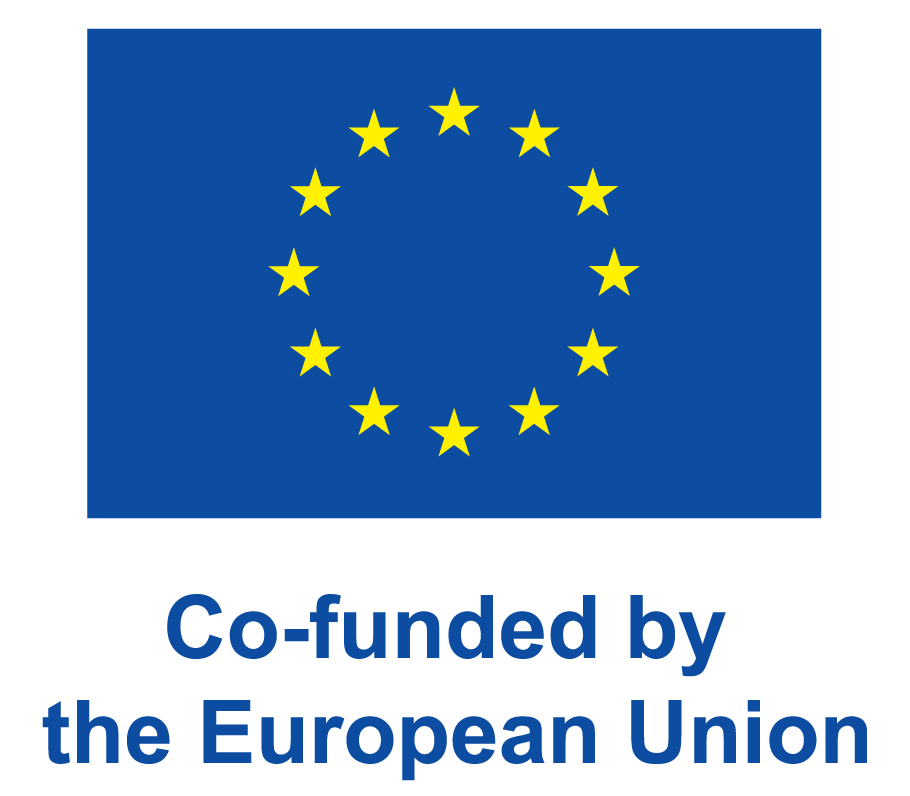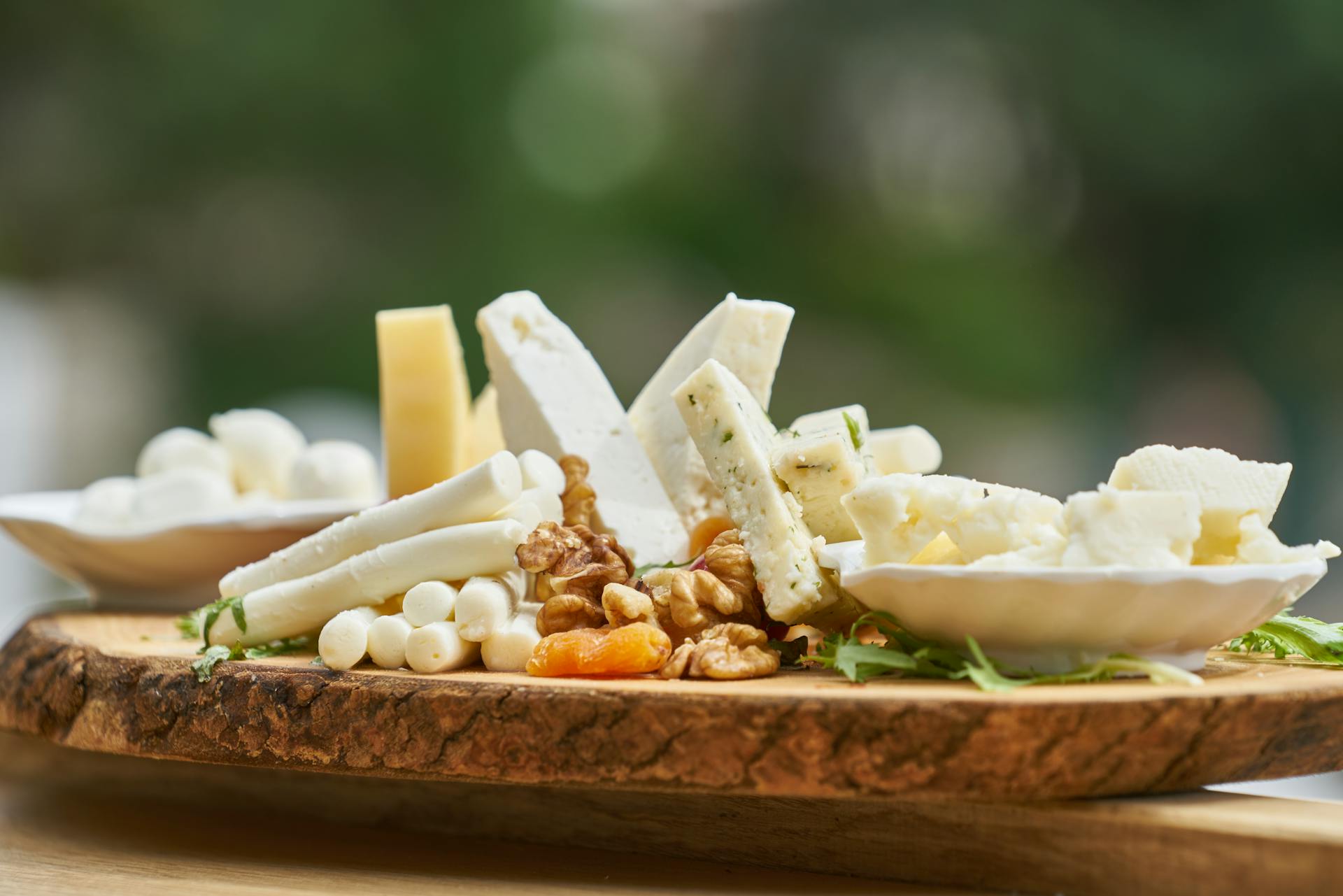Say “cheese” and Pierre Brisson is a happy man. The founder of France’s first cheese museum is passionate about the subject – and not just eating it but passing on the traditional skills of cheesemaking to future generations.
“It’s not an easy job but a marvellous one and there is a real risk that it could disappear,” he said. “I wanted to do something so people understand at what point there is an ancestral savoir faire in making cheese.
“We hear a lot about wines and how they are made and the subtleties of taste and how they are produced and nothing about cheese. Although people like eating it and the demand for cheese is still high, fewer youngsters want to make a career of it.”
Last week Brisson’s team was rushing to complete the Musée du Fromage, due to open on Friday in a 17th-century stone building on Île Saint-Louis in Paris, a short stroll from Notre Dame Cathedral.
Visitors will be charged €20 for an adult and €10 for a child to watch a demonstration of how various cheeses are made, take part in a tasting and learn the history of cheese and regional varieties through interactive displays. Farmers and agriculture students will be allowed in for free.
Brisson, 38, the son of Burgundy winemakers, said his passion for cheese developed as a boy. “My father would take me to the cheesemonger every Sunday after mass; I was at the height of the display and would look at all the marvellous cheeses in front of my eyes. I became fascinated by where they came from and how they were made.”
After studying at the National Dairy Industries School, Brisson set up Paroles de Fromagers to run courses in cheesemaking for the public and training for professionals.
He chose to locate the museum, which has been a decade in the planning, in Paris to appeal to the French and tourists and to avoid regional rivalries. A plaque reminds visitors of Gen de Gaulle’s aphorism: “How can one govern a country where there are 258 varieties of cheese?” A second plaque bears a lesser-known quote attributed to Winston Churchill during the second world war, that a country capable of “giving the world 300 different cheeses cannot die”.
Brisson said: “When I moved to Paris I realised there were lots of places promoting wine, its culture and how it is made and lots of shops selling cheese, but nothing showing people how it is made.”
He has recruited half a dozen cheesemakers to help visitors understand the art of producing different varieties from live milk, including the role of bacteria, and the animals and the land on which they graze, making it a “living museum”.
Agathe de Saint-Exupéry will be one of the experts explaining the process, including how makers “read” the milk and how small details can affect the final product.
“It’s a very individual process that depends on so many things, even the humour of the animals whose milk is being used. You can make the same good cheese every day, and every day it will taste different. It just cannot be done industrially,” she said.
Guillaume Gaubert, a cheesemaker, said the aim was also to remind the French – particularly those living in towns and cities – of their traditional links with the terroir, an untranslatable concept that covers not only the soil, environment and human interactions with it, but a sense of history and geography, and which is a cornerstone of French gastronomy.
“We want visitors to discover this link with the land, with the animals. The French love cheese; we want them to understand each stage of how it is made and hopefully they will go away and make some cheese of their own,” Gaubert said.
France has 56 official cheese appellations – registered regional varieties – which is nine more than Italy and more than three times the number in the UK. Each French person is estimated to eat between 20kg and 27kg of cheese a year, a sector worth €9bn annually. It appears that de Gaulle and Churchill underestimated the country’s cheese-producing capacities: the Campagne de France, a cooperative of milk producers, estimates there could be as many as 1,500 different varieties, not including those produced at home in small quantities.
“We’re spoiled in France in terms of making so many different cheeses because we have four distinct climates and an extremely varied climate,” Brisson said.
Dismayed that the answer most Parisian children give when asked where cheese comes from is “the supermarket”, Brisson said the museum would be a “little window” on country life in the heart of the capital.
“My dream is that in 20 years’ time someone will say they decided to become a cheesemaker after visiting the museum.”




